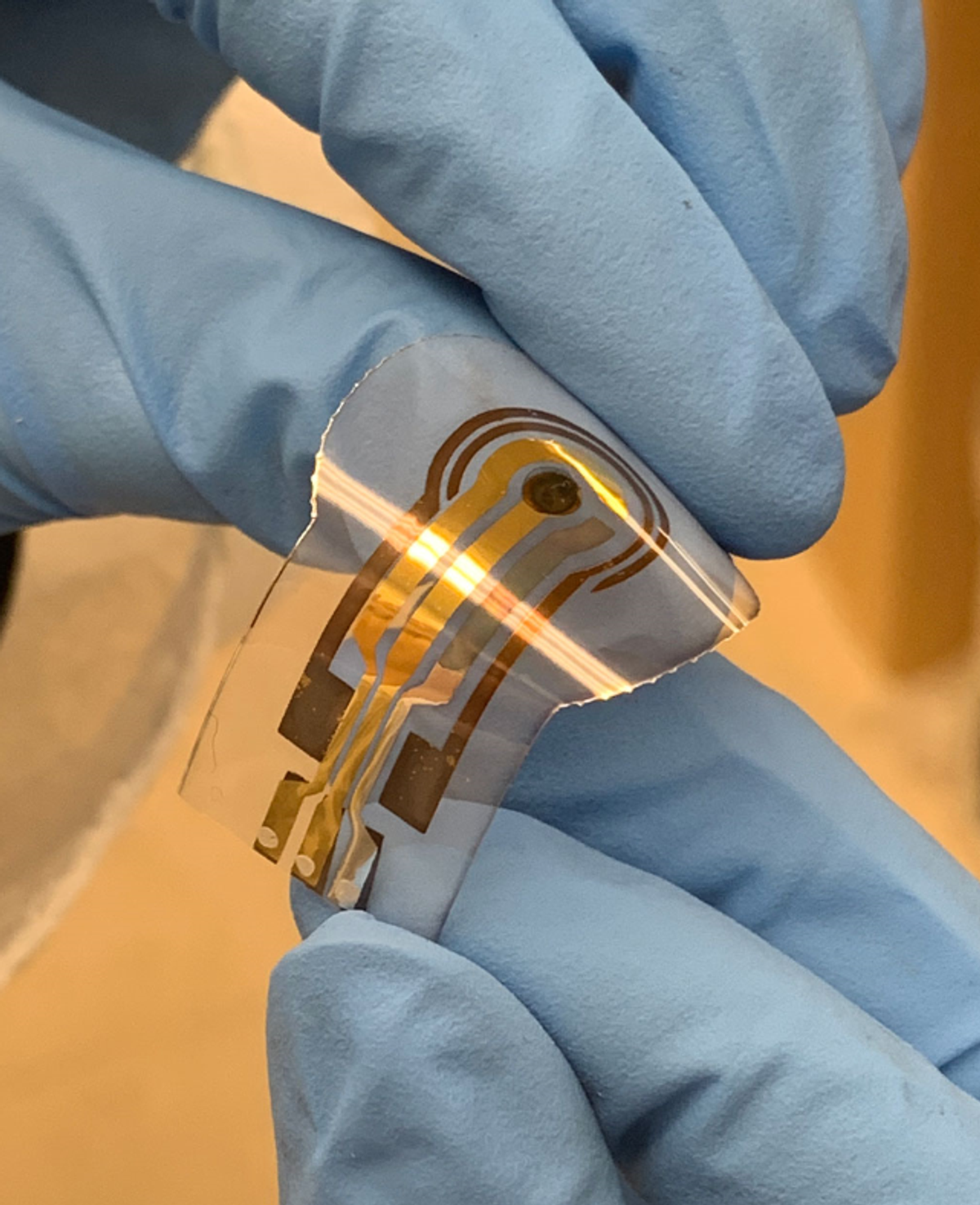The human gut microbiome, or the community of microorganisms that live in the digestive tract, is one of the most promising areas of science today, and neuroscientists in particular are focusing on how the gut microbiome and the brain influence one another. Now, a team of researchers at the University of Maryland is engineering a device to quantify the real-time effects of the gut microbiome on the human nervous system.
Intuitively, the connection between gut health and brain health makes sense: think, for example, about how difficult it can be to focus when you are experiencing gut pain, or, alternatively, how you might have a knot in your stomach when you feel anxious. This bi-directional relationship between gut and brain is known as the gut-microbiome-brain-axis, or GMBA.
What is unknown about the GMBA, and what the UMD team’s device will assess, are the particular molecular causes of neural activation and behavior. The researchers’ discovery platform will measure the link between gut microbiome and brain by gauging intestinal serotonin.
You probably know serotonin as a chemical that affects one’s mood or as the target for a number of early antidepressant medications. However, as a neurotransmitter—that is, a molecule that spurs the nervous system to action—serotonin mediates all sorts of bodily processes and behaviors: it affects not only one’s feelings but also one’s thoughts, habits, and even memories. And with 95% of the body’s serotonin found in the gut, understanding how the gut microbiome stimulates serotonin production and how this neurotransmitter affects the nervous system is crucial to developing treatments for disorders ranging from depression to irritable bowel syndrome.
Current technology is unable to effectively study gut microbiome-triggered cellular and molecular signaling up close and in real time, but the platform created by UMD team proposes to fill this knowledge gap by combining expertise from engineering, neuroscience, applied microbiology, and physics to monitor and model the real-time processing of gut microbiome serotonin activity. The team will first culture a model of the gut lining using bioengineering techniques to monitor the gut’s creation of serotonin using multimodal integrated electrodes. Then, they will colonize the gut lining with different combinations of gut bacteria. In order to measure the neurophysiological effects of the different serotonin productions of these colonies, the platform will integrate a proxy for the connection between the central and enteric nervous systems in humans. Finally, the project will employ machine learning to process the results through a computer model that simulates the outcomes of different combinations of gut bacteria. This will offer the clearest picture yet of how a system as complex and individually unique as the gut microbiome impacts both gut and brain health.
Designing the platform is a team effort across the University of Maryland and the A. James Clark School of Engineering. The project’s principal investigator is Professor Reza Ghodssi, and it has three co-PIs: Professor William Bentley, Associate Professor Jens Herberholz, and Professor Wolfgang Losert. The team was recently awarded a three-year, $1 million grant by the National Science Foundation’s Integrative Strategies for Understanding Neural and Cognitive Systems (NCS) program. “Past studies of the gut microbiome have often relied upon germ-free mice, by which the effects of gut bacteria are observed through the colonization of these animals' sterile intestines,” Ghodssi notes. However, the interdisciplinary nature of the UMD team’s project allows for a novel assessment of the gut-microbiome-brain axis. Ghodssi continues, “Our new discovery platform provides an alternative approach to this exciting arena of GMBA research by developing microsensors to extract and measure real-time data on how cells and molecules communicate and connecting these to a proxy for the human nervous system. With its many applications for the study of brain and behavior, we believe that this collaborative effort can significantly advance the field of neuroscience.”
Pilot data for this project was gathered thanks to a seed grant award from UMD’s Brain and Behavior Initiative.



